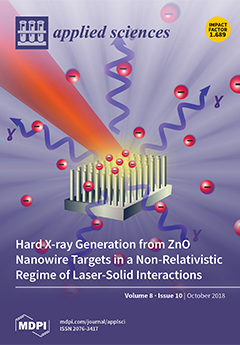A 56d incubation experiment was conducted to explore the effects of the silk-worm excrement biochar (500 °C, BC) combined with different iron-based materials (FeCl
3, FeSO
4, and reduced iron powder) on the speciation of cadmium (Cd) and lead (Pb) in a
[...] Read more.
A 56d incubation experiment was conducted to explore the effects of the silk-worm excrement biochar (500 °C, BC) combined with different iron-based materials (FeCl
3, FeSO
4, and reduced iron powder) on the speciation of cadmium (Cd) and lead (Pb) in a contaminated soil. Application rate of BC and iron-based materials is 1% (
W/
W) and 0.2% (
W/
W) of the soil, respectively. At the same time, the soil physicochemical properties, such as pH, cation exchange capacity (CEC), and the structure of soil, were determined in order to explore the influence mechanism of amendments to forms of Cd and Pb in soil. The results show that the stabilization effects on Cd is (BC + FeSO
4) > (BC + FeCl
3) > (BC + Fe) > (BC) and Pb is (BC + Fe) > (BC + FeSO
4) > (BC + FeCl
3) > (BC) at the end of incubation, compared with the effect of the control group. The treatment of (BC + FeSO
4) is the most effective in terms of the stabilization of Cd and Pb, which makes the percentages of organic-bound and residual Cd and Pb increase by 40.90% and 23.51% respectively. In addition, with different ways of treatment, the pH value and CEC of soil see a remarkable increase by 1.65–2.01 units and 2.01–2.58 cmol·kg
−1 respectively. X-ray diffraction (XRD) patterns show that the soil imprisons Cd and Pb in different mineral phases. As such the treatment of (BC + FeSO
4) can significantly improve soil environment, increase soil pH value & CEC and exert a relatively good stabilization effect on both Cd and Pb.
Full article





